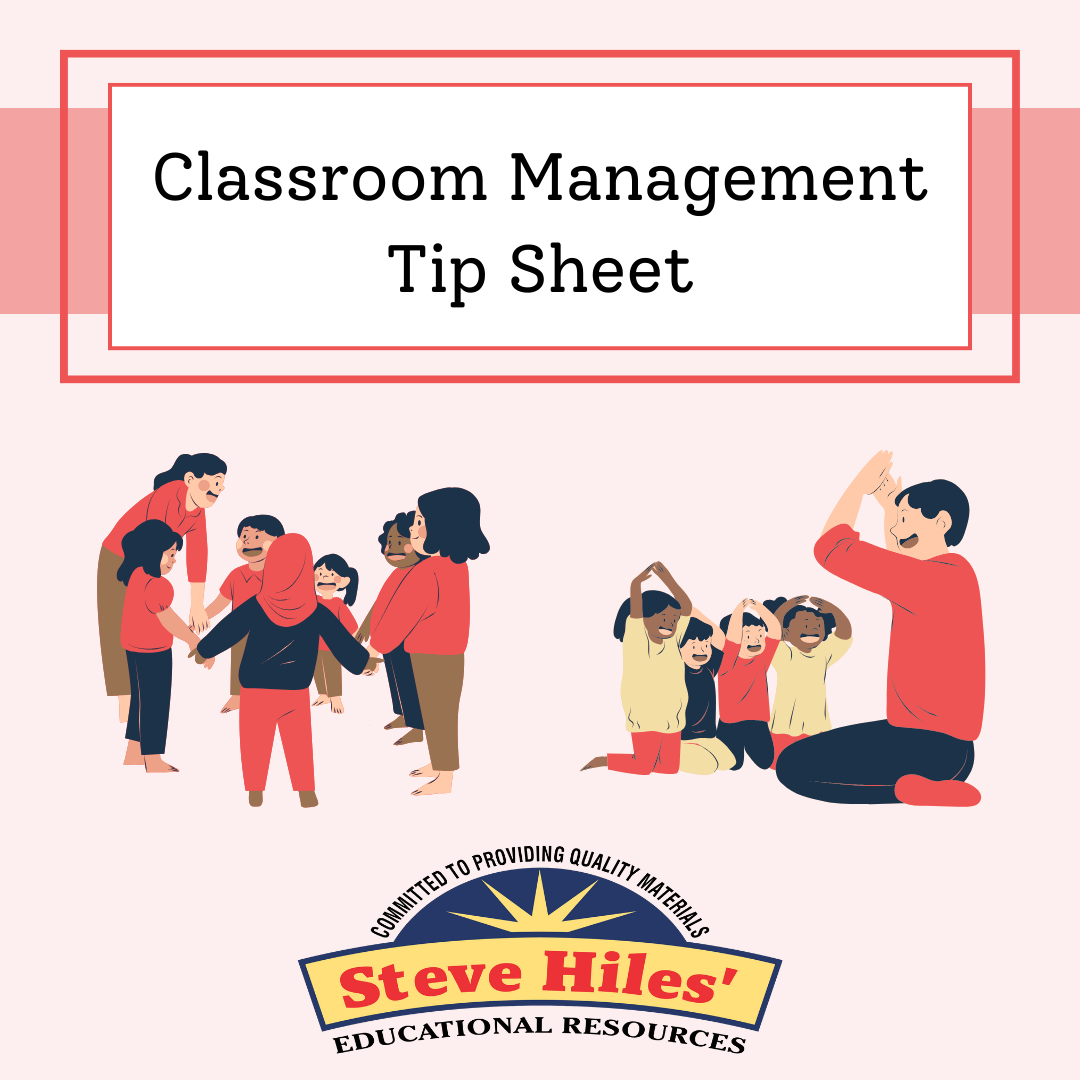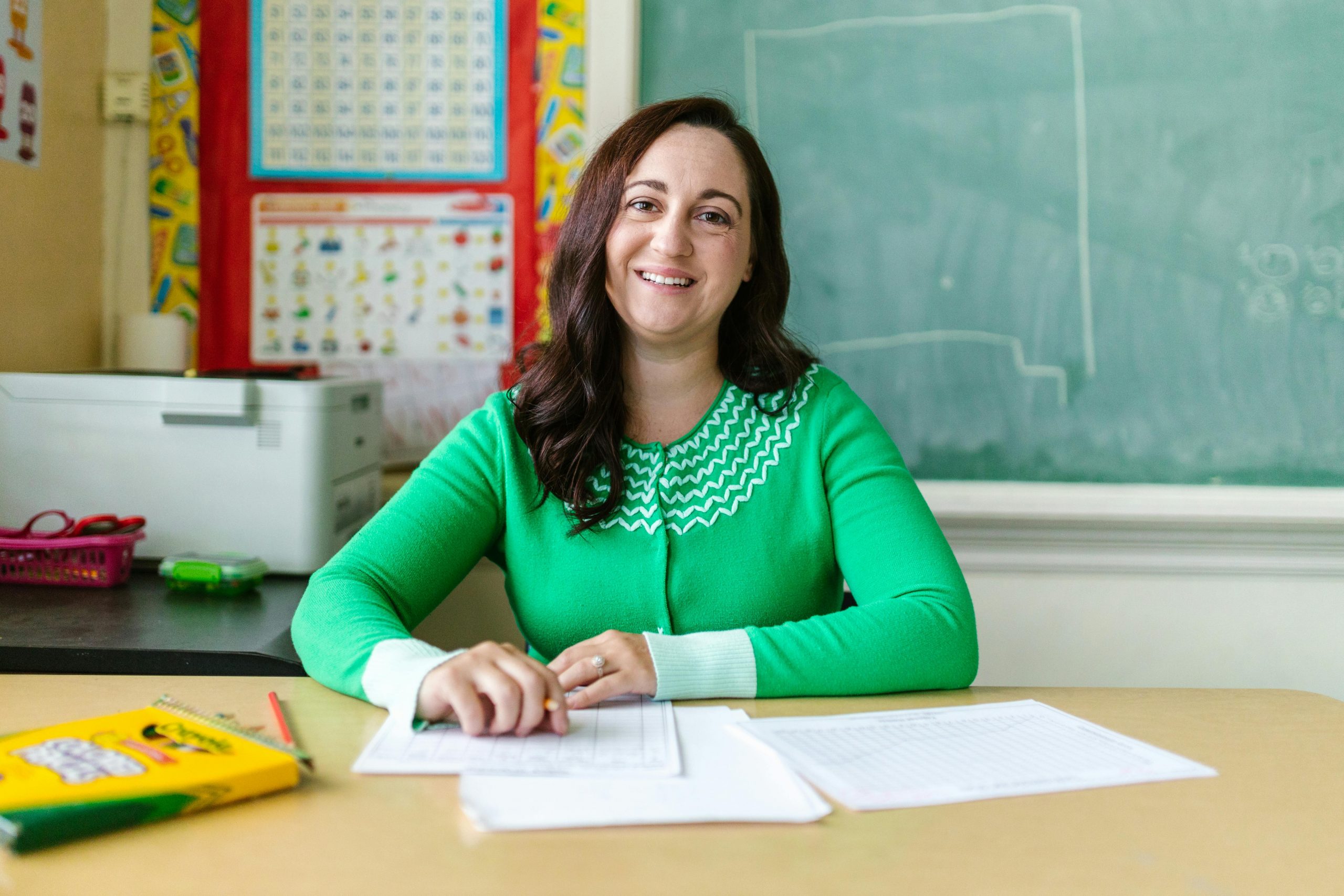Have you ever thought about how to effectively enhance the level of challenge in the classroom? Let’s take a look at four strategies that can help us achieve a higher level of rigor in our classrooms.
Table of Contents
ToggleSetting High Expectations
One fundamental aspect of creating a rigorous classroom is establishing high expectations. As educators, it’s important for us to clearly communicate and consistently reinforce ambitious academic goals for our students. By doing so, we inspire them to strive for excellence and foster a culture of high achievement.
Engaging Content
Rigorous content isn’t about overwhelming students with an excessive amount of information. Instead, it involves designing learning experiences that are intellectually stimulating and relevant to students’ lives. Rigor often emerges when we encourage students to delve deeply into topics, making connections between theoretical knowledge and real-world applications.
Cultivating Critical Thinking
The essence of classroom rigor lies in nurturing critical thinking skills among students. We can create an environment where students feel comfortable asking questions, expressing their ideas, and exploring different solutions. It’s crucial to provide opportunities for them to develop their analytical and problem-solving abilities by grappling with complex and multifaceted issues.
Creating a Supportive Atmosphere
A supportive classroom environment is one where students are encouraged to take risks, learn from their mistakes, and continually improve themselves.
Teachers have a crucial role in offering support, valuable input, and necessary tools to assist students in overcoming obstacles, thereby nurturing a mindset of continuous improvement.









